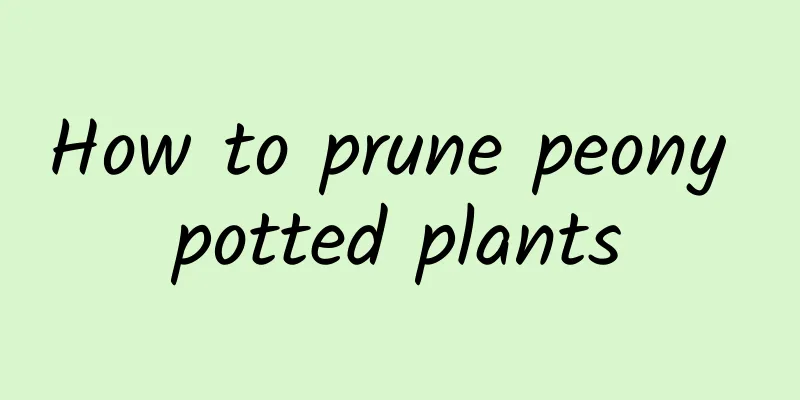How and when to plant edamame

Edamame planting time and monthThe spring sowing time for edamame is from March to April. It can be sown earlier in protected areas and harvested in June and July. Summer sowing is from late April to June and harvested from July to September. Autumn sowing is from July to August and harvested from September to October. Generally, edamame should be sown from February to March, but it can be planted at the end of March, and the mature edamame can be picked in June to July. In the process of planting edamame, we can adopt two sowing methods, either cave planting or direct seeding, both of which can grow the edamame well. If edamame is planted in summer, it can be directly sown in April or May and harvested in August. It is suitable for planting in fertile, loose, and permeable sandy soil. Do not choose sticky soil. Edamame is sown in autumn from June to July and harvested from September to October. Watering should be based on the high temperature and high evaporation in the early stage. The seedling stage is in the high temperature period and the surface evaporation is large. It is necessary to water in the morning and evening, and spray water appropriately. If hot rain falls, it is also necessary to irrigate with well water in time, and water once every 3-5 days. How to grow edamameThe land for transplanting edamame must be selected in advance. The basic conditions are actually similar to those of the seedling bed. It also needs to have good air permeability, and the nutrients in the soil must be sufficient. The time of sunlight exposure during the day cannot be too short. Only land that meets these conditions can allow edamame to grow better. 1. Loosening the soil and weeding If you want to increase the yield of edamame, you need to loosen the soil reasonably. Loosening the soil can promote the growth of edamame roots, thereby promoting the growth of edamame. This is one of the necessary things to do to increase the yield. The growth cycle of edamame is limited. It is best to weed once a week. Do not let the grass continue to grow for a long time. This is one of the reasons why the yield of many edamame is not high. 2. Fertilization Edamame needs reasonable fertilization. It is best to apply fertilizer during the growth period of edamame. Organic fertilizer can be applied. Only after fertilization can the edamame grow fast and well. Generally, fertilizer is applied once within a week after germination, and then fertilizer is applied according to the growth of the seedlings. Water is applied once each time fertilizer is applied to promote root absorption. Flower-promoting agents should be applied during the flower bud differentiation period of edamame to promote flower bud differentiation. 3. Temperature control The yield of edamame is also closely related to temperature. Generally, when the temperature drops suddenly, we need to cover it with plastic film to keep it warm. This will promote the continued growth of edamame. In a low temperature environment, edamame grows slowly and the yield is not high. 4. Pests Edamame pests are relatively common. Generally, they should be dealt with in a timely manner after being discovered and not allowed to develop. Pesticides are usually used to eliminate the pests, but attention should be paid to the method and concentration when spraying the pesticides. Also, do not pick edamame for consumption to avoid pesticide poisoning. 5. Picking at the right time When some of the edamame are mature, they can be picked in time so that the remaining edamame will grow faster and better. If left to grow, many immature edamame will not absorb enough nutrients, resulting in slow or stagnant growth, and low yield. |
<<: Can hydrangeas be planted in the ground?
Recommend
Grape Management Methods in September
The work plan and focus of vineyard management in...
Can carnations be planted in the yard?
Can carnations be planted in the yard? Carnations...
How to breed the hanging flower flamingo
How to breed the hanging flower flamingo The hang...
How to deal with a succulent head explosion
1. Repotting Generally speaking, the original pot...
Environmental conditions and characteristics of broccoli growth
Broccoli growth environment conditions and requir...
How to grow copper coin grass in autumn
1. Change hydroponics to soil culture The hydropo...
How to plant big pompoms
Planting time This ornamental onion is basically ...
When is the best time to transplant the lucky tree? How to care for the newly transplanted lucky tree
During the transplanting process, the ambient tem...
How to grow osmanthus trees well, pictures of osmanthus trees
1. Slightly acidic soil Osmanthus trees prefer lo...
How to prune a Schefflera tree
1. How to prune a single pole If during the maint...
How to propagate camellia and what to pay attention to
Camellia propagation method There are three metho...
The language and legend of coral flowers
Coral Flower The flower language of coral flower ...
What kind of crop is pea and what family of plants does it belong to?
What kind of crop is peas? The fruit of pea is a ...
How to maintain Fran flower for a long time
Frangipani Growing Conditions The suitable growth...
How to save onion seeds
Green onion seeds introduction Onions have seeds....









